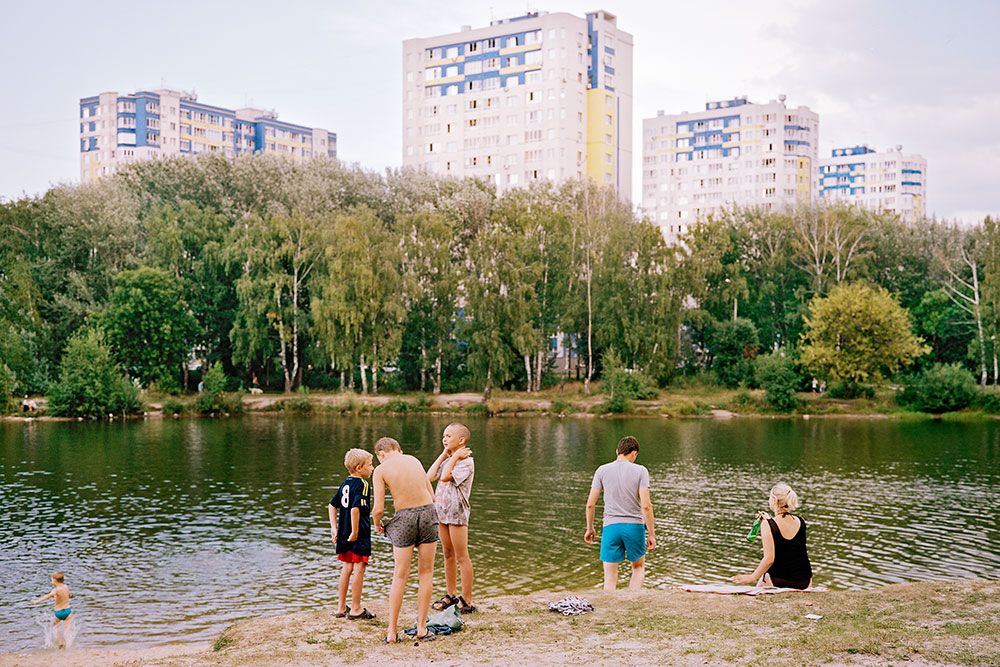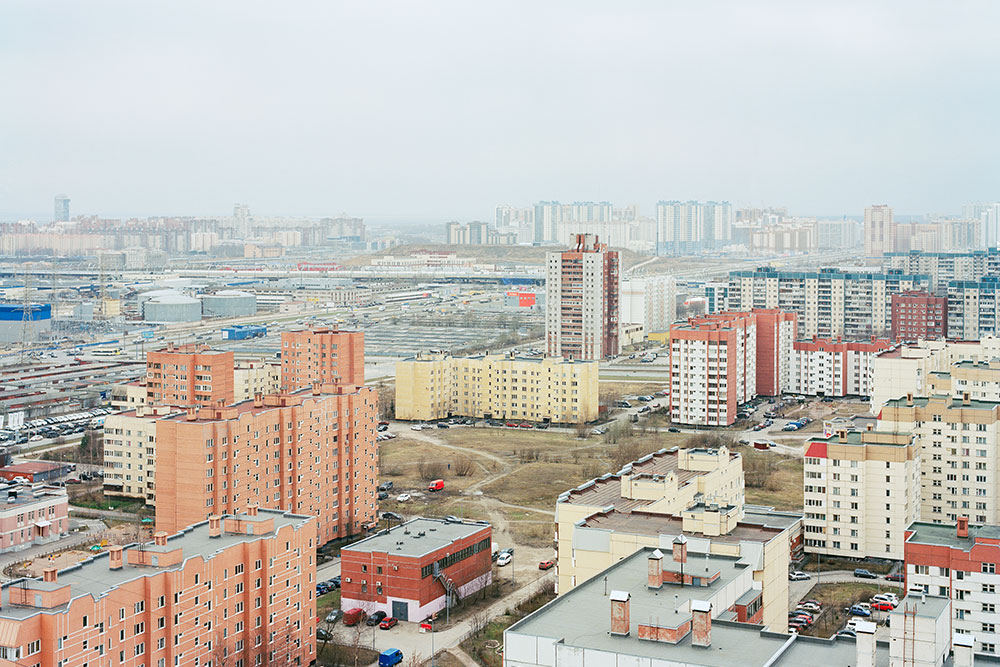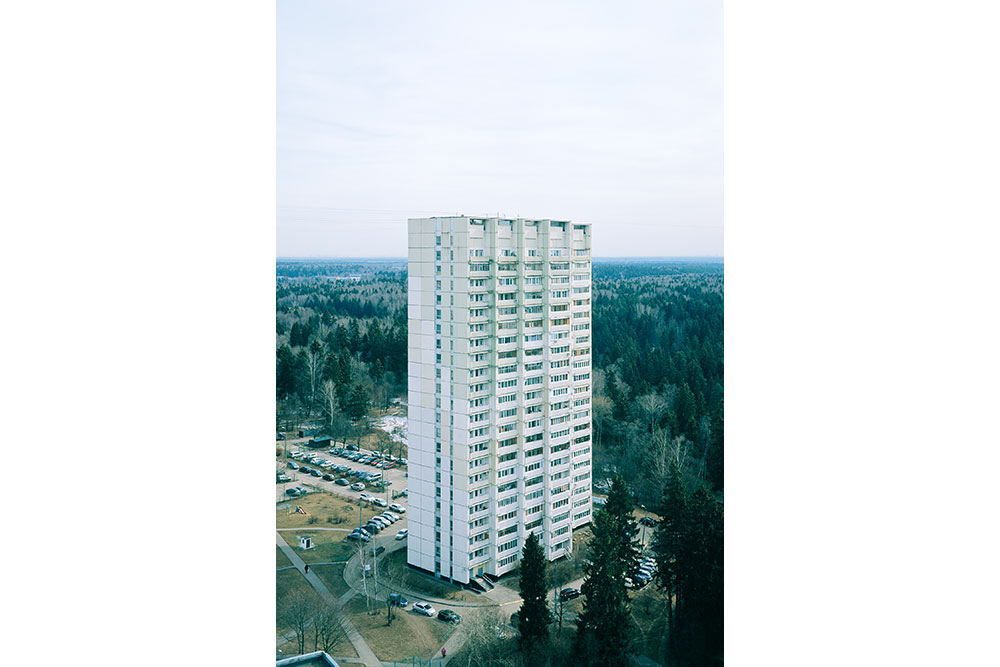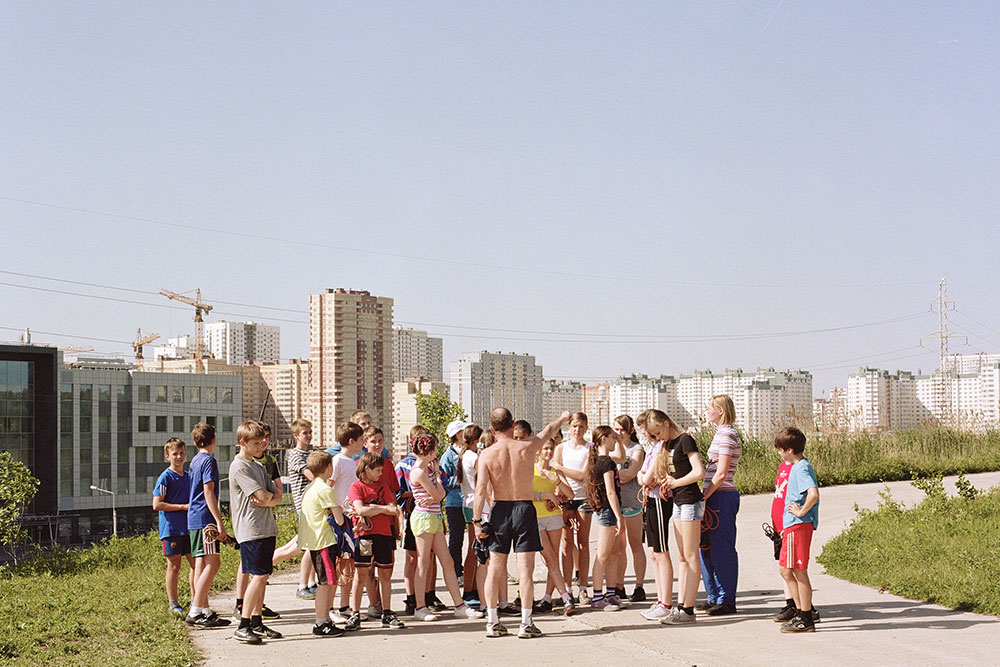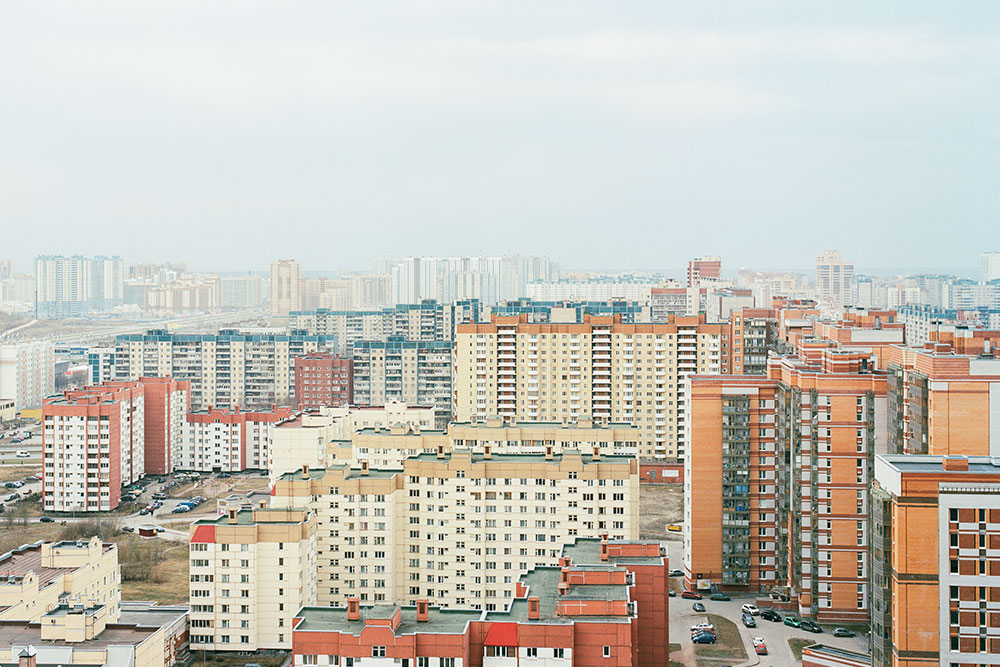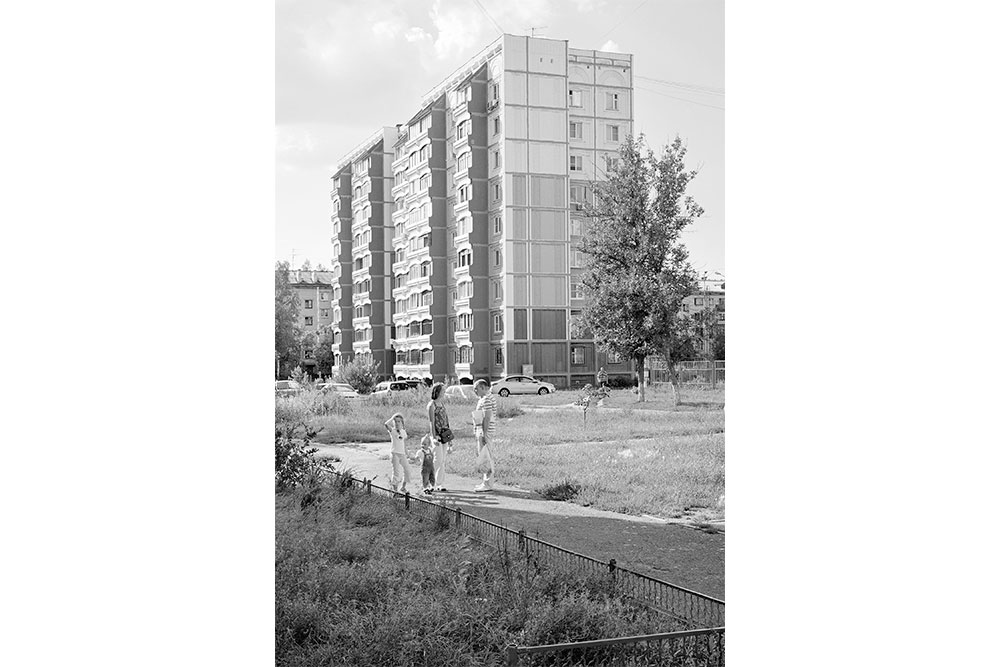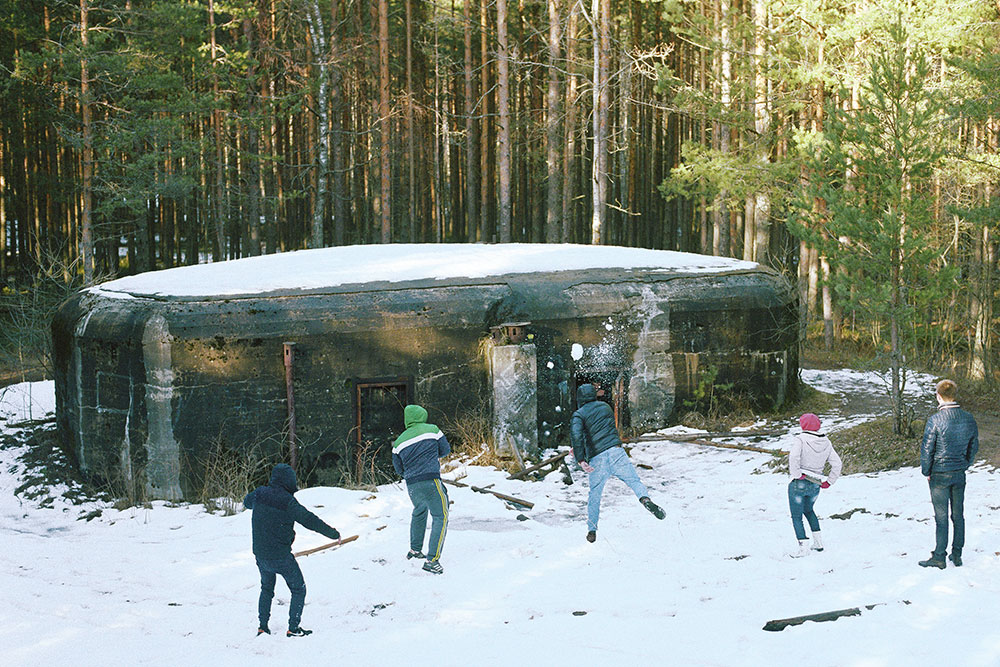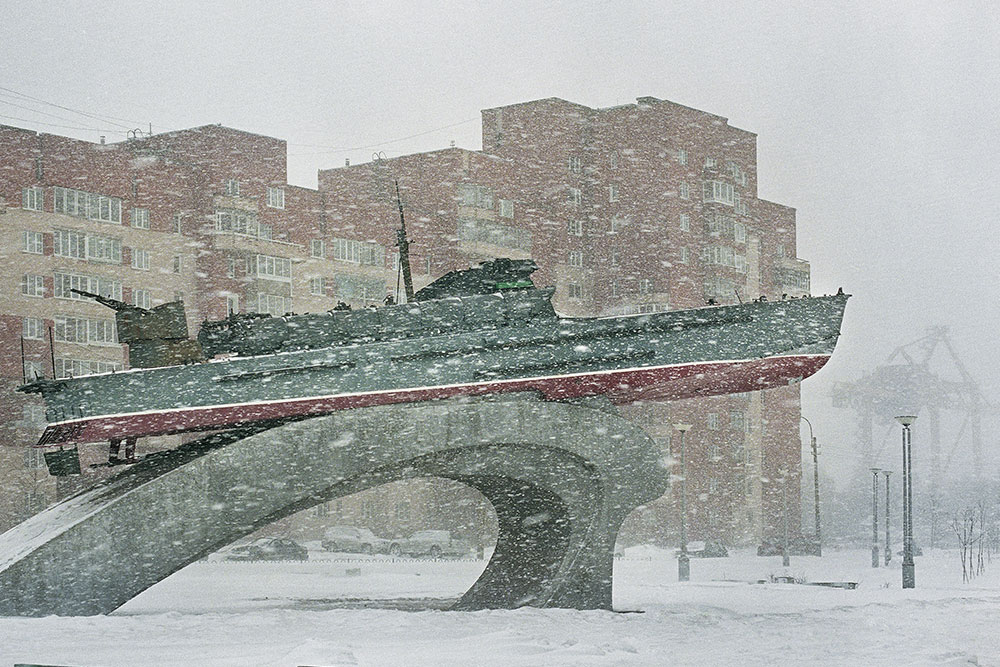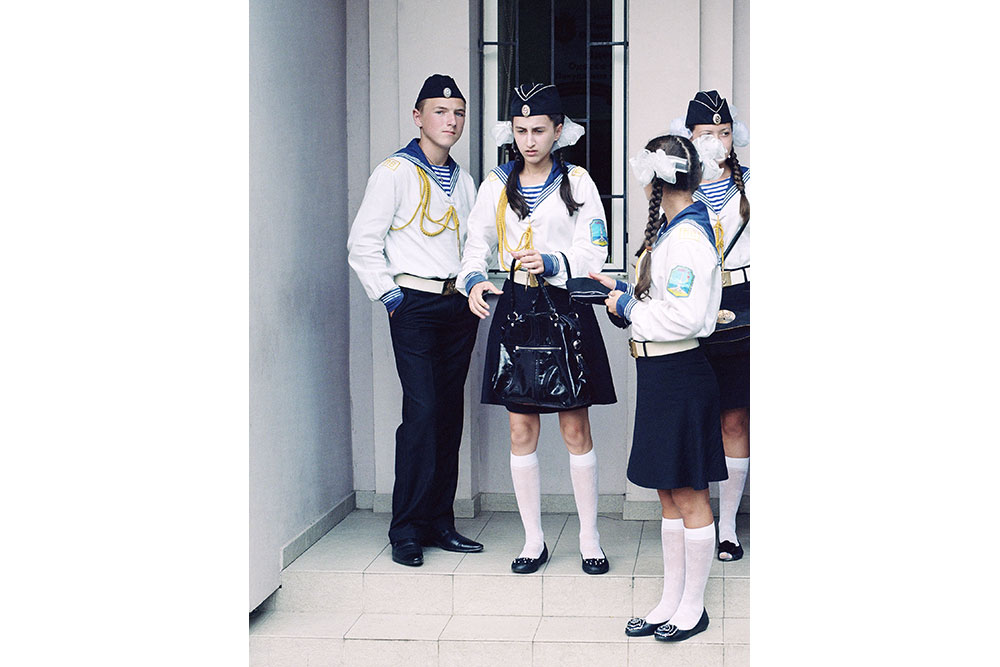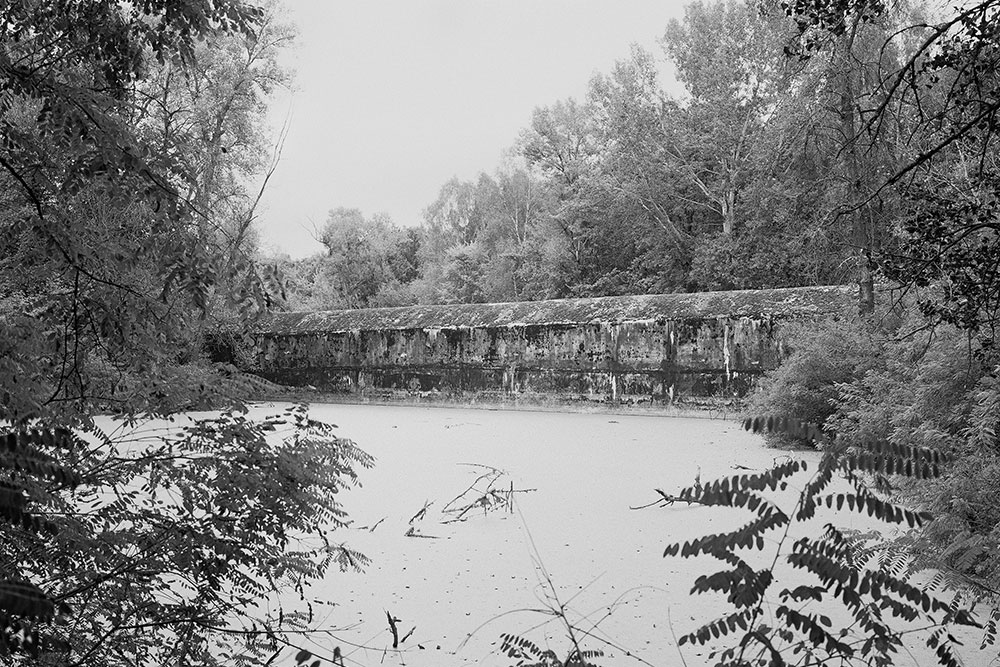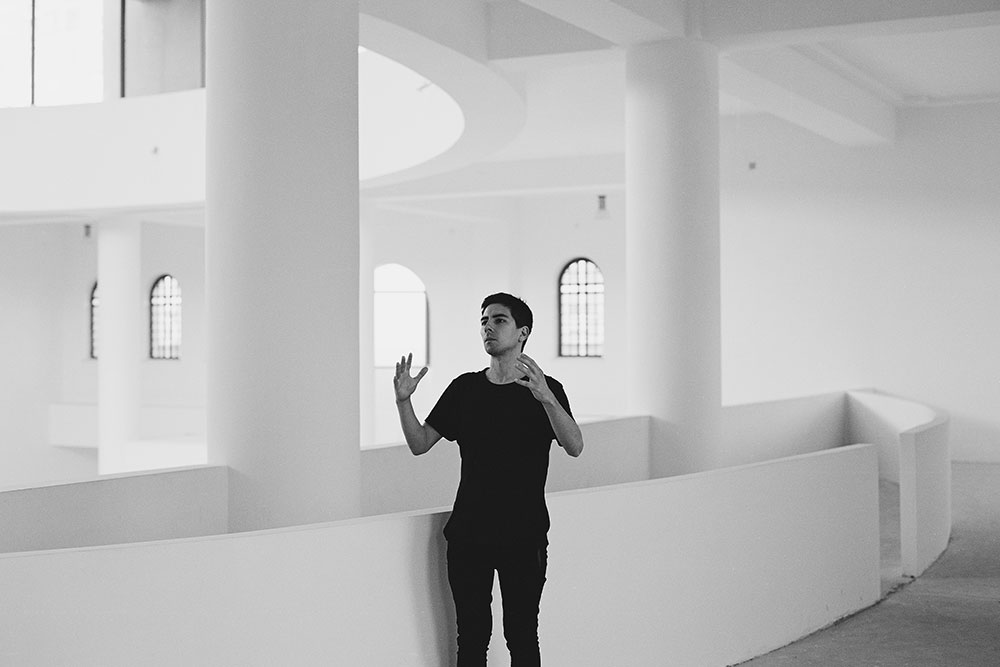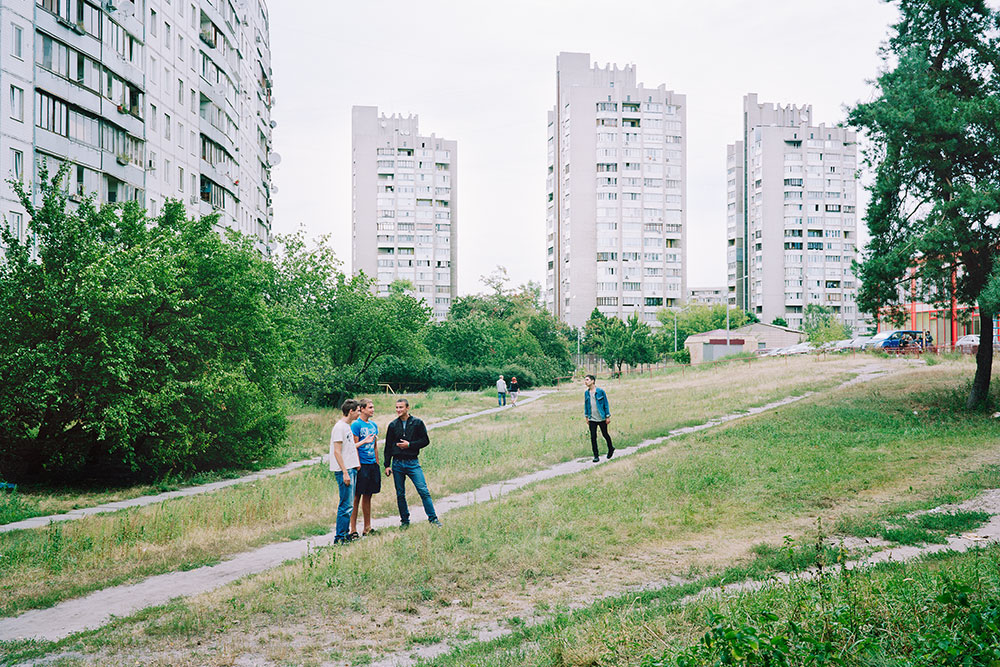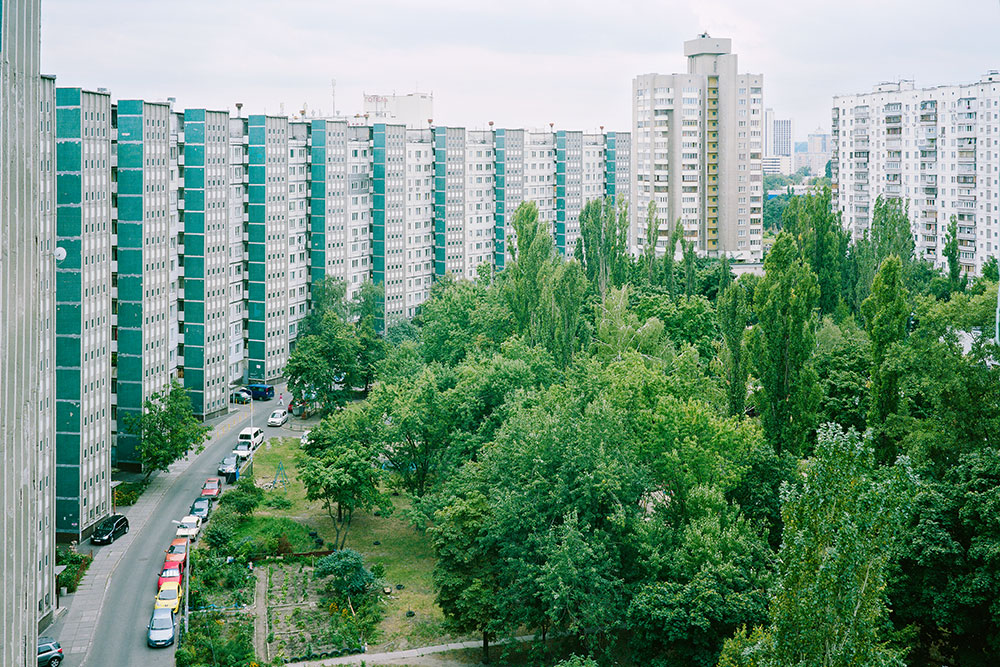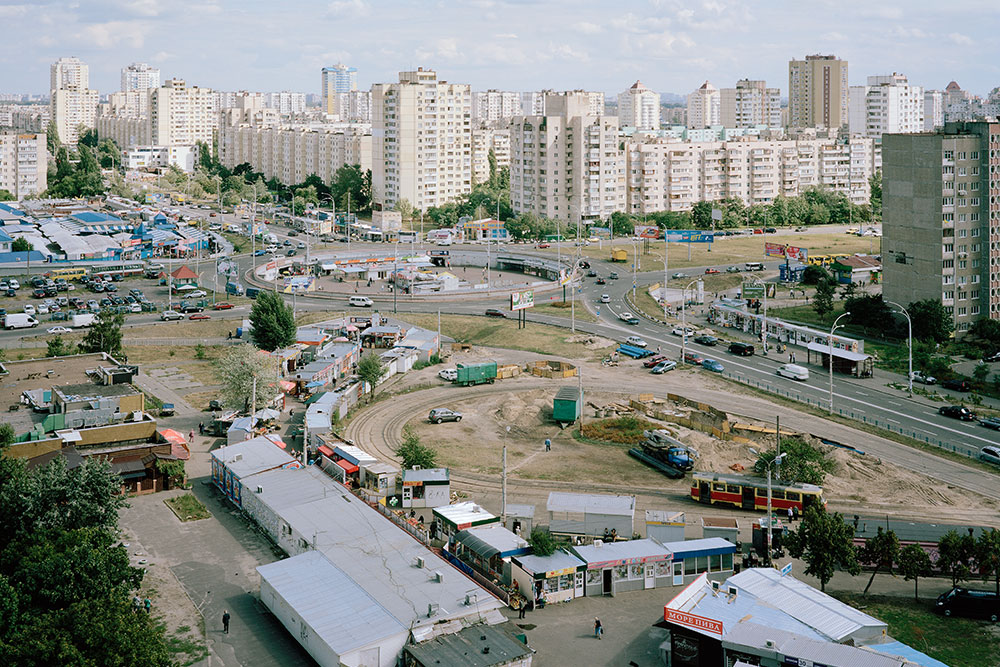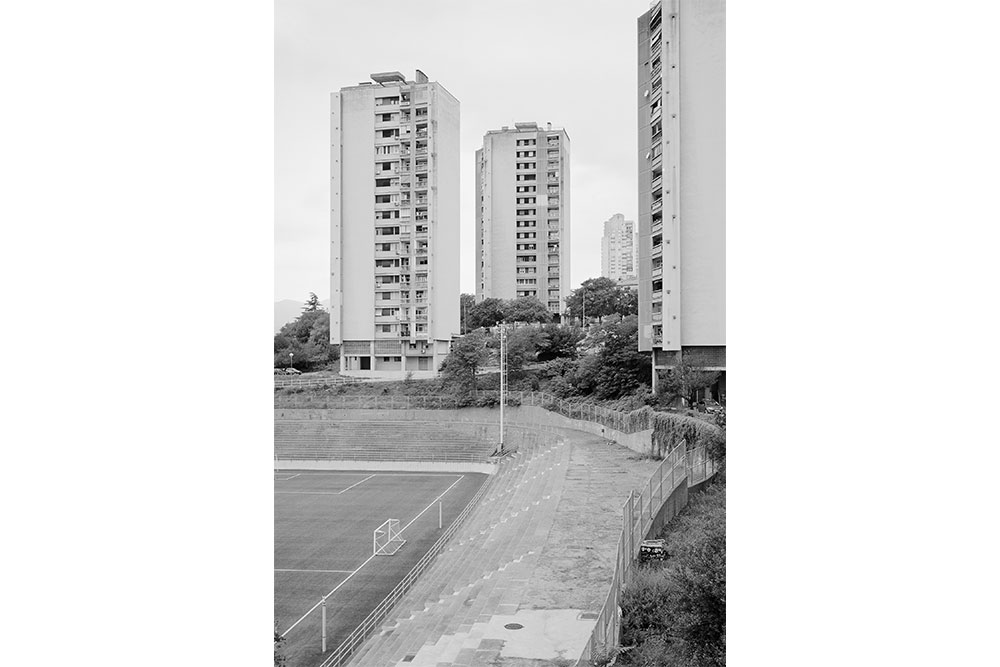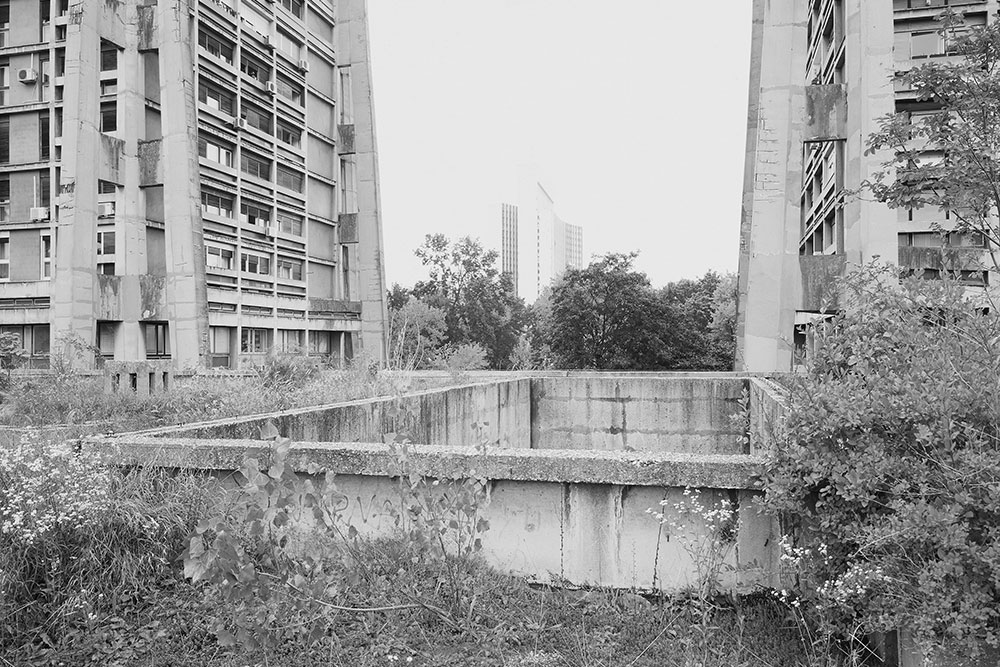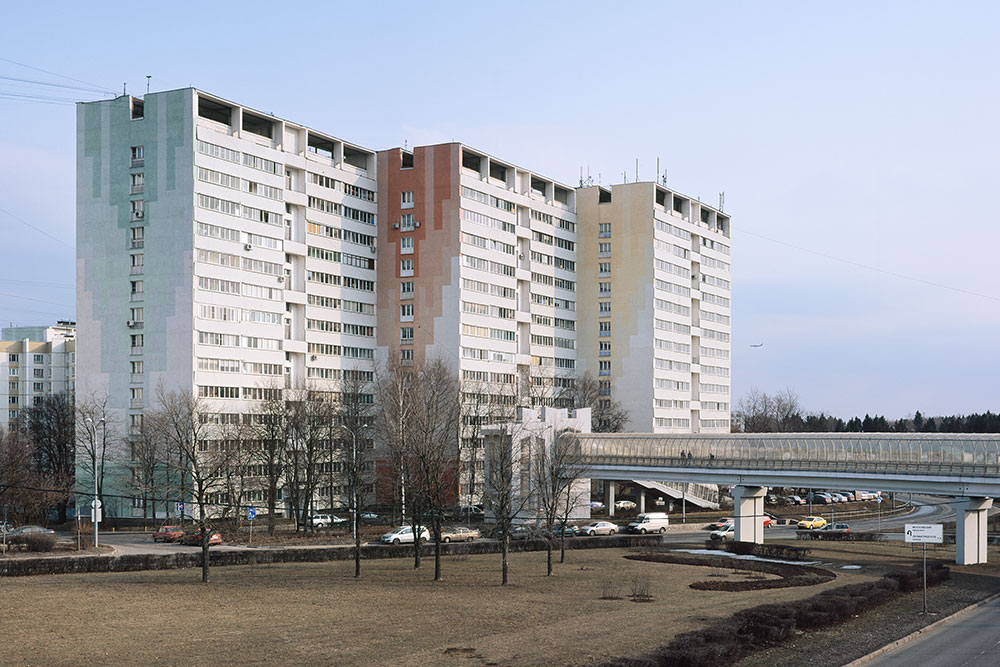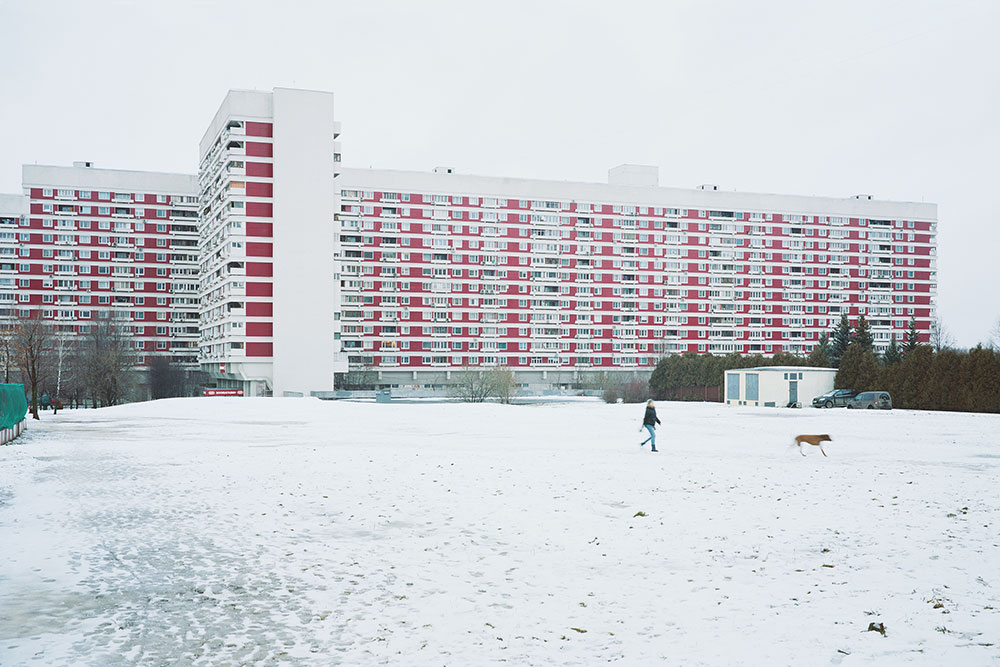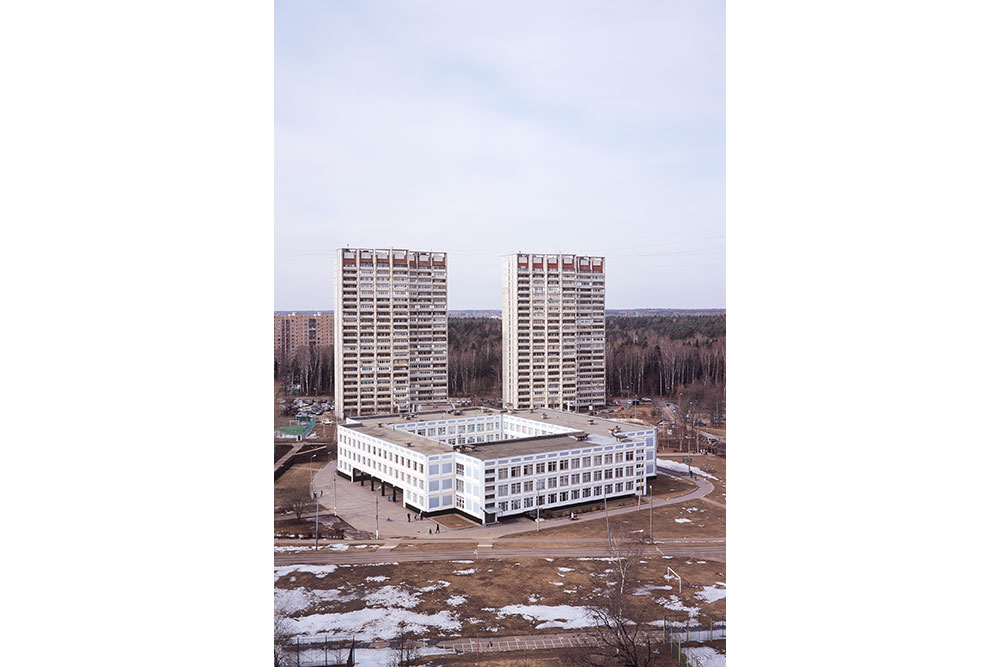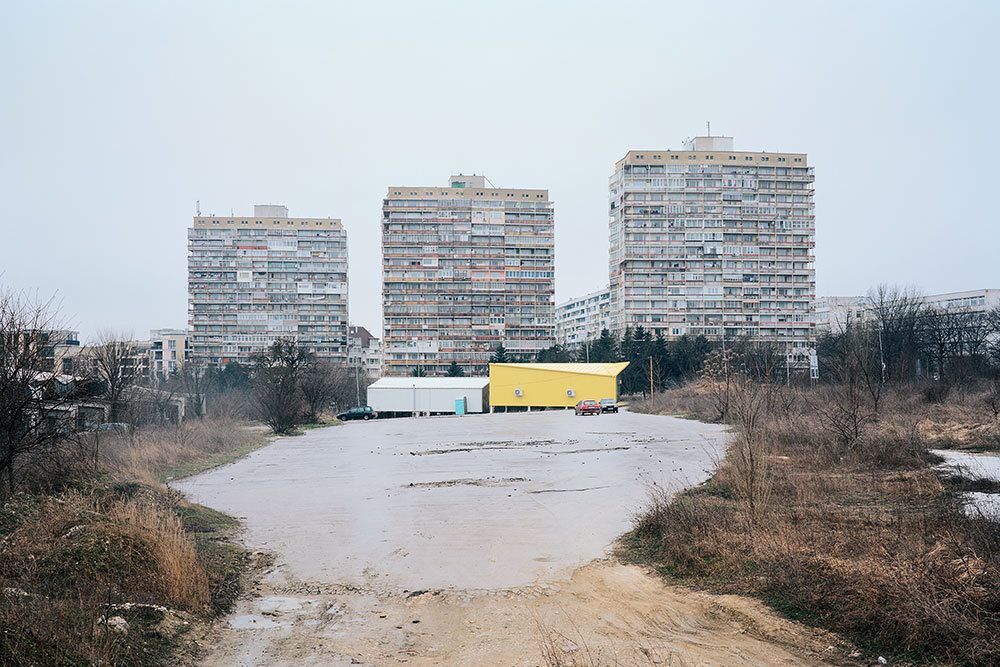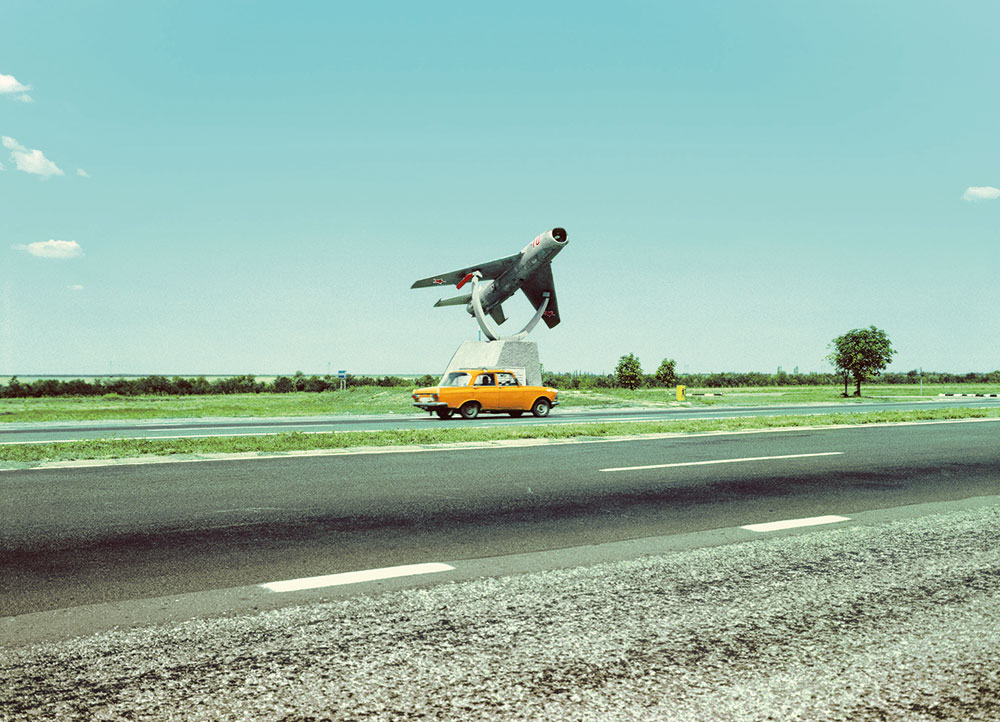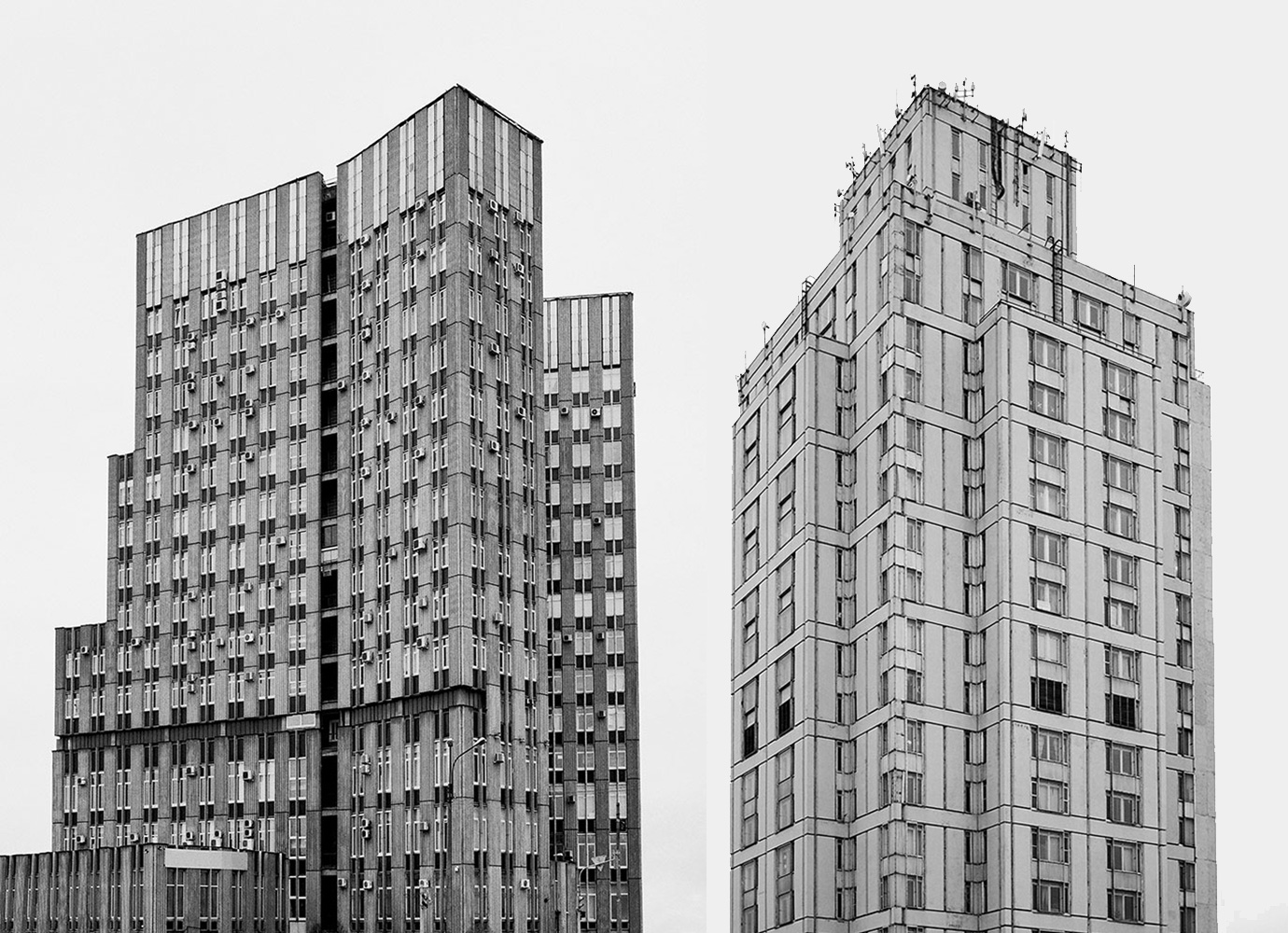Concretopia: searching for the secret meaning of the suburbs in eastern Europe
Photography and the Post Soviet CityThere’s a song called A Beautiful Far-Away, familiar to all Soviet children from school singing lessons. Much like that song, cookie-cutter edgelands elicit a sensation of melancholy and pining. Pining for what might have been, but which never actually existed. Though the edgelands never inspire any sense of comfort, the moment your connection with them is ruptured, or when they’re destroyed, you get a powerful sensation of nostalgia.
I grew up in the historic centre of St Peterburg but as a kid I spent every summer in my grandfather’s flat in Sochi. The flat was in one of the modernist high-rises that stretch from the train station down to the sea. The French philosopher Gaston Bachelard formulated the notion of “the house of dreams” – a virtual space that comes into being at the moment of one’s primary socialisation and is intimately connected to your unconscious beliefs and hopes. My grandfather’s flat was my own house of dreams.
The Soviet concept of the dormitory suburb was a progressive and future-oriented ideal. Those idealistic images seem to endure in the mind even though they’re wholly divorced from reality nowadays. We live among the ruins of a vast empire. Utopia has proved itself a dystopia several times and to some extent we’re all traumatised by the disappearance of the future-oriented idea of socialist progress, even those who never wanted anything to do with it. It’s why our native land is the way it is today.
A couple of years ago, I worked on a project called Synchronicity, an idiosyncratic portrait of the post-Soviet period as viewed through the eyes of those born during or after 1989. I was interested in what you could describe as the de-synchronisation triggered by the end of communism, between the interior world with its memories of utopia, and the reality of the surrounding landscape with its cookie-cutter suburbs and repetitive visual tropes. The changes and transformations that accompanied the breakup of the Soviet empire were not quite understood or endured by the generation of young people born or raised in that time. Instead, these events have gained a foothold in their minds, taking the form of subtle misgiving and premonition.
My new project dedicated to the idea of socialist suburban housing consists of photos taken in Russia, Belarus, Croatia, Bulgaria, Romania, and other eastern European and ex-communist bloc countries. Each country has its own quirks determined by the quality of its architectural projects, the types of construction materials used, and the current condition of the buildings. In Tito-era Yugoslavia, for example, architects enjoyed considerably more freedom than their counterparts in the USSR and many other socialist countries, which gave them the opportunity to carry out projects that were daring and progressive by the standards of the time. But the principles of spatial organisation were universal, so it’s often difficult to tell at first glance where a particular photo was taken.
Architecture interests me as an integral part of the lived processes of human endeavour, as a discipline with complex links to the spheres of civic life, politics, economics and culture. It’s always sensitive to ongoing social processes, to embodying and documenting society’s hopes — and the defeat of said hopes. The subject matter I work with does, of course, call for an understanding of these processes, but I’m not sure whether Soviet literature on architectural history and theory, highly ideological as it is, is of any real help in this regard. Having said that, I do have a copy of the chunky History of Soviet Architecture, which I spent ages tracking down and which now serves me well, if only as a source of creative inspiration. I’m influenced by old Soviet architectural photography (which explains, in large part, my decision to combine colour photographs with black-and-white ones) and also by Soviet realist painting, which was always more representative of hopes and dreams than of reality, embedding as it did workaday situations into idealised scenarios.
The key to my interest in the city and its edgelands is the idea of alienation. It is something socialism was trying to overcome but paradoxically ended up embodying in its architecture. This remains a crucial feature of today’s post-Soviet environment where a loss of ideological meaning has turned the urban environment into a meaningless setting, deepening the isolation of its inhabitants.
